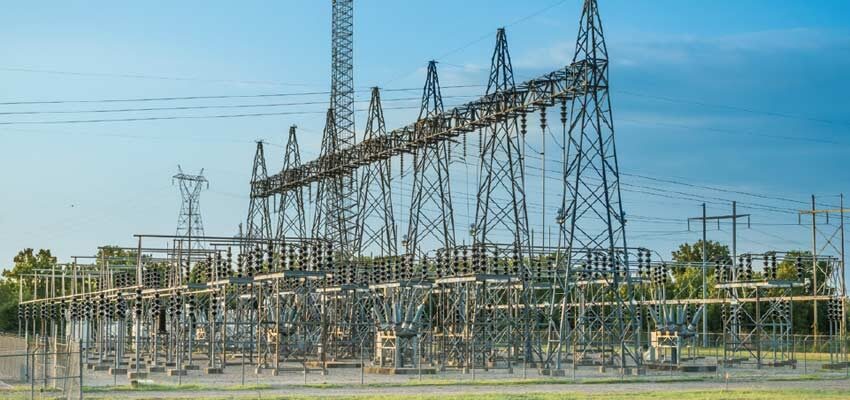
Substation equipment maintenance
Substations equipment inspection and periodic maintenance Abstract In this article we analyse frequency, actions regarding preventive maintenance frequency and inspections that must be carried out...
byManuel BOLOTINHA

Substations equipment inspection and periodic maintenance
Abstract
In this article we analyse frequency, actions regarding preventive maintenance frequency and inspections that must be carried out when dealing with 60-800 kV equipment (insulators, circuit breakers, isolator switches, instrument transformers and surge arresters), in order to keep them working properly, within manufacturers’ instructions, and to avoid premature ageing of the equipment, namely busbar system and insulators, circuit breakers, isolator switches, instrument transformers and surge arresters.
Keywords: maintenance frequency, preventive maintenance, inspection and tests, substations equipment
1. Introduction
EHV/EHV and EHV/HV substations are an important element of the electricity transmission network of a country or of a large area of a country and their functions are:
- Interconnection of power plants within the national or area electrical grid.
- Stepping up and stepping down voltage of the distribution network to suitable values for network’s operating conditions.
- Spreading of HV and EHV overhead lines and underground cables along the country or along an area of a country.
- Electrical power supply of HV/MV distribution substations.
2. EHV and HV equipment
Main EHV and HV equipment in substations, apart from busbars and insulators, are:
- Power transformers – used to step down or to step up the voltages of the network.
- Circuit breakers – used for the interruption of service currents and short-circuit currents and to extinguish electric arc that is formed when an electrical current is interrupted.
- Isolator switches or disconnectors – used to isolate a part of the installation, ensuring that isolation is visible, which is vital for personnel safety.
- Instrument transformers (voltage transformers – VT – and current transformers – CT) – used to provide an overview of voltage and current to metering equipment, protection units and control and monitoring systems.
- Surge arresters – used for the protection of equipment against overvoltage (lightning and switching overvoltage).
- Neutral-earthing reactors – used for neutral grounding of transformers and networks to limit the phase-to-earth short-circuit current.
- Current-limiting reactors – used to limit three phase and phase-to-phase short circuit currents, allowing the reduction of the short circuit withstand values of equipment and busbars.
- Shunt reactors – used to compensate capacitive currents that have an origin in long underground cables and long not loaded overhead lines.
- Capacitor banks – used to compensate inductive currents that have an origin in long loaded overhead lines.







